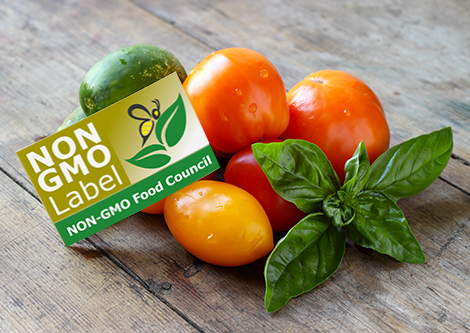Although GMO foods seem safe for consumption, some people want to avoid them. Still, this is difficult as most of the food in your supermarket is made with ingredients from GMOs.

Among the GM crops grown and sold around the world today are corn, soybeans, canola, sugar beets, alfalfa, cotton, potatoes, papaya, summer squash and several apple varieties.
In the United States, there are no regulations mandating the labeling of GMO foods. However, from January 2022, the USDA will require food manufacturers to label all foods with GMO ingredients.
Currently, some foods may have a third-party "NON GMO" label indicating that the product is non-GMO. However, this tag is optional.
It is also worth noting that foods labeled 100% organic do not contain any GMO ingredients. However, if a product is simply labeled "organic," it may contain some GMOs.
In the European Union (EU), foods with more than 0,9% GMO content must be listed as "genetically modified" or "manufactured from genetically modified ingredient". For unpackaged foods these words should be listed next to the item, for example on the supermarket shelf.
Until new regulations come into effect, there is no clear way to tell if a food contains GMOs.
However, since many small farms are unlikely to use GM seeds, you can try to avoid GM foods by eating locally.
Do not hesitate to contact our expert team to get detailed information about the GMO Free and NON GMO label and certification, or to apply for certification.
